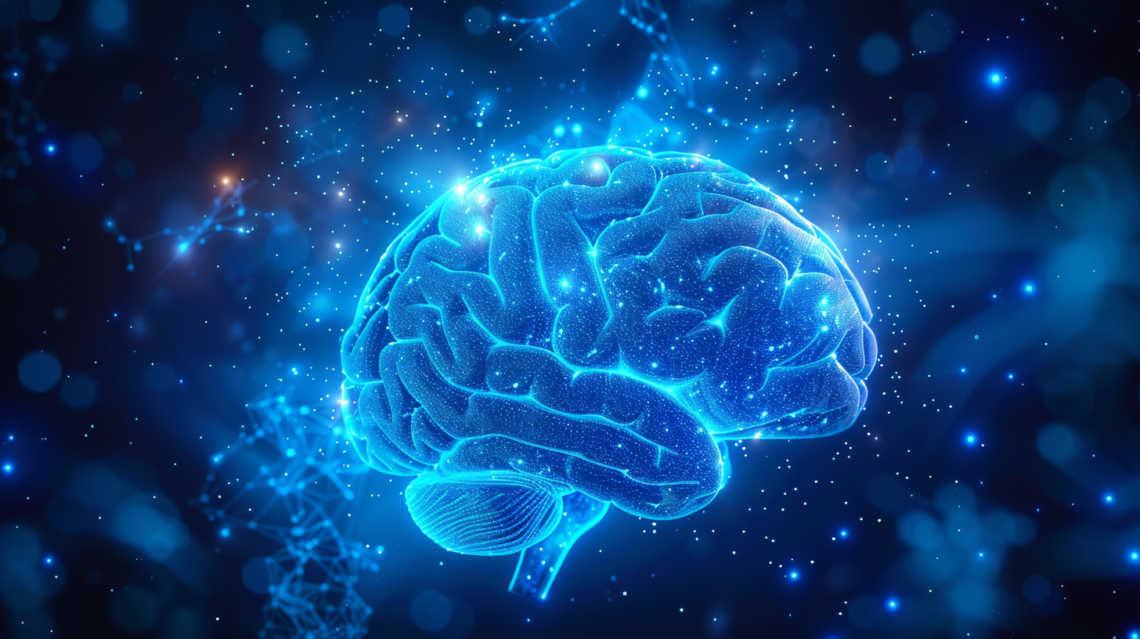
Brain Health and Stroke Prevention
When we think of personal health and wellness, the emphasis often tends to gravitate towards physical fitness and dietary habits, overshadowing the equally crucial aspect of brain health. This can lead to a lack of awareness and understanding regarding the prevention of neurological conditions, notably strokes, which are amongst the leading causes of disability and mortality worldwide. In this article, we delve into the intricate relationship between lifestyle choices and brain health, with a particular focus on stroke prevention, offering insights grounded in the latest research and recommendations from health professionals. Through a nuanced exploration of this topic, we aim to equip readers with the knowledge necessary to nurture their cerebral well-being, thereby reducing the risk of stroke and enhancing overall quality of life.
Understanding Brain Health and Stroke
Brain health refers to the optimal functioning of the brain, encompassing cognitive capabilities, emotional wellbeing, and the absence of neurological diseases. A stroke, on the other hand, occurs when the blood supply to part of the brain is interrupted or reduced, preventing brain tissue from getting oxygen and nutrients. Brain cells begin to die within minutes. Strokes can be categorized into two main types: ischemic, caused by blockages (often due to blood clots), and hemorrhagic, caused by bleeding as a result of a burst or leaking blood vessel.
The ramifications of a stroke are profound, affecting not only the physical capabilities of an individual but also their cognitive and emotional health. Recovery can be a lengthy process, and in some cases, the damage incurred may lead to permanent disability. Given these severe consequences, understanding how to maintain brain health and prevent strokes is of paramount importance.
Lifestyle and Brain Health: The Connection
The foundation of stroke prevention is deeply intertwined with the principles of maintaining overall brain health. Research consistently demonstrates a direct correlation between lifestyle choices and the risk of developing stroke. Key factors include diet, physical activity, smoking, alcohol consumption, and the management of chronic conditions such as hypertension, diabetes, and obesity.
A healthy diet rich in fruits, vegetables, whole grains, and lean proteins, particularly those containing omega-3 fatty acids, has been shown to support brain health and reduce stroke risk. These nutritional choices contribute to the maintenance of optimal blood pressure, cholesterol levels, and blood sugar levels, all of which are critical in minimizing the likelihood of stroke.
Regular physical activity is another cornerstone of stroke prevention. Exercise promotes cardiovascular health, aiding in the regulation of blood pressure, enhancing blood flow, and facilitating weight management. The Canadian Physical Activity Guidelines recommend at least 150 minutes of moderate- to vigorous-intensity aerobic physical activity per week, in bouts of 10 minutes or more, to reap these benefits.
Smoking cessation and moderate alcohol consumption are also vital. Smoking significantly increases the risk of stroke due to its contribution to the development of atherosclerosis and the increase in blood pressure it causes. Alcohol, meanwhile, should be consumed in moderation, as excessive intake can lead to an increased risk of stroke.
Lastly, managing chronic conditions through regular check-ups, medication adherence, and lifestyle modifications plays a crucial role in preventing strokes. Conditions such as hypertension, diabetes, and obesity are known risk factors for stroke, and their effective management can substantially reduce this risk.
Implementing Stroke Prevention Strategies
Adopting a proactive approach to stroke prevention involves integrating healthy lifestyle choices into one’s daily routine. This can include planning meals that are balanced and nutritious, incorporating physical activity into the day, quitting smoking, limiting alcohol intake, and regularly monitoring health conditions with the guidance of healthcare professionals.
Education and awareness are also key components of stroke prevention. Understanding the signs of a stroke, such as sudden numbness or weakness in the face, arm, or leg, especially on one side of the body; confusion or trouble speaking; trouble seeing in one or both eyes; difficulty walking; dizziness; loss of balance or coordination; and severe headache with no known cause, can enable timely medical intervention, potentially mitigating the severity of a stroke.

